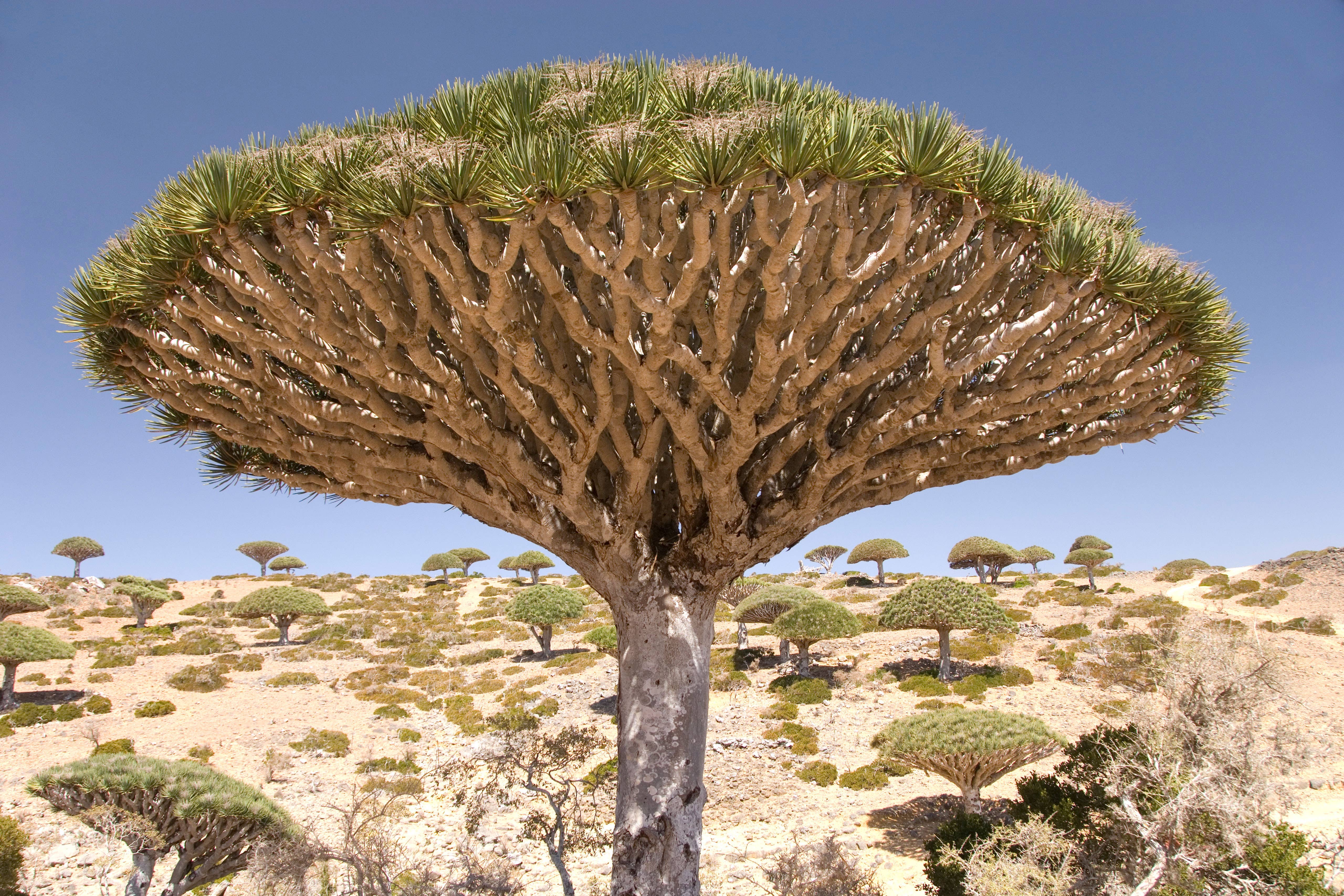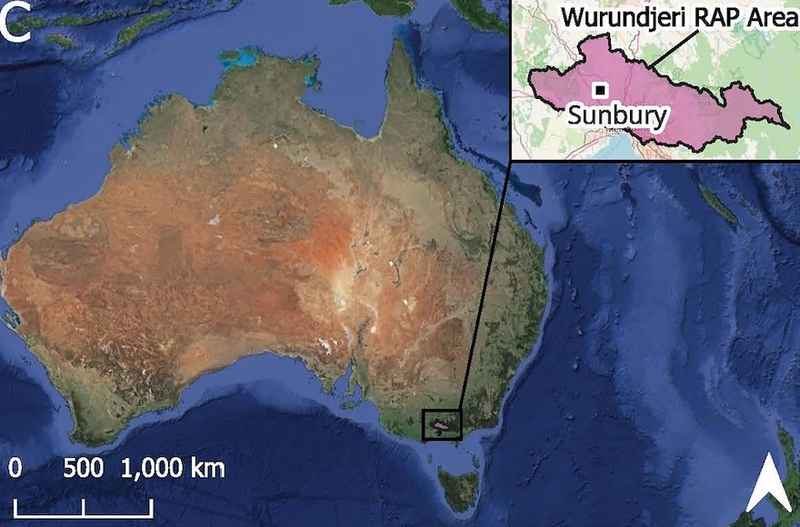Strange blue rings found in Scandinavian trees leave scientists perplexed
Share:
Rings hint at unusually cold summers in Norway between 1877 and 1902. Blue rings found in the stems of trees and bushes in Norway point to a historic cold period in the late 1800s, but the exact cause of this climatic event remains unclear, scientists say.
![[Blue ring formed in 1902 in a tree in northern Norway]](https://static.independent.co.uk/2025/01/23/07/Low-Res_A-blue-ring-formed-in-1902.-Image-by-Pawel-Matulewski-and-Liliana-Siekacz.-2.jpg)
Researchers suspect volcanic eruptions in Central and South America may have led to cold summers in Norway between 1877 and 1902, forming peculiar blue rings in Scandinavian trees and shrubs. A new study published in Frontiers in Plant Science assessed samples from 25 Scots pine trees and 54 common juniper shrubs from a site high on Mount Iškoras in northern Norway.
These samples and shrubs revealed several characteristic “blue rings”, representing the years when they did not grow properly due to the cold climate. Trees require warm periods in a year to grow properly without which their cell walls don’t solidify for that year. When the cells growing in a particular year do not solidify, they create “blue rings” when the wood samples are dyed.
Since trees and shrubs live for hundreds of years, studying their blue rings allows researchers to spot cold summers. “Blue rings look like unfinished growth rings and are associated with cold conditions during the growing season,” Agata Buchwal, co-author of the study from Adam Mickiewicz University in Poland, said. In the sampled trees, researchers found that blue rings were common between 1902 and 1877.






















